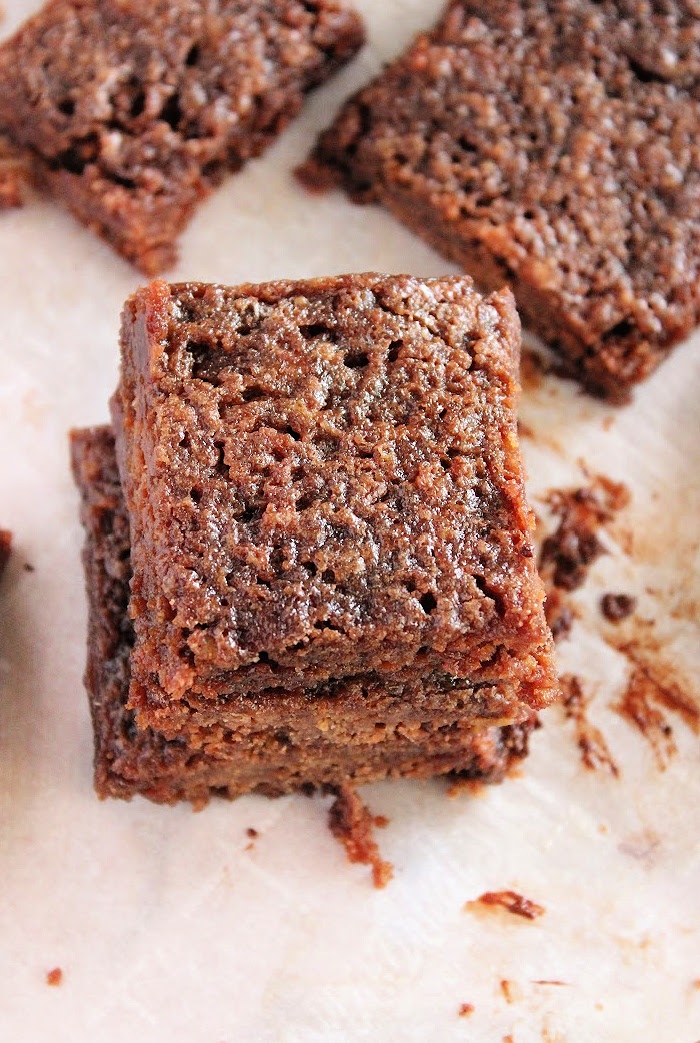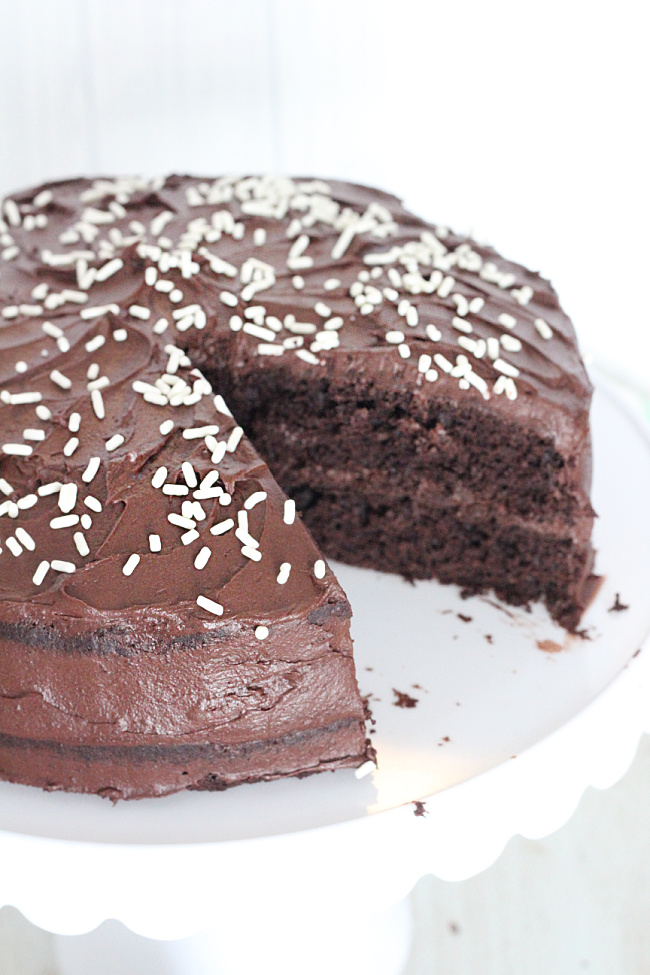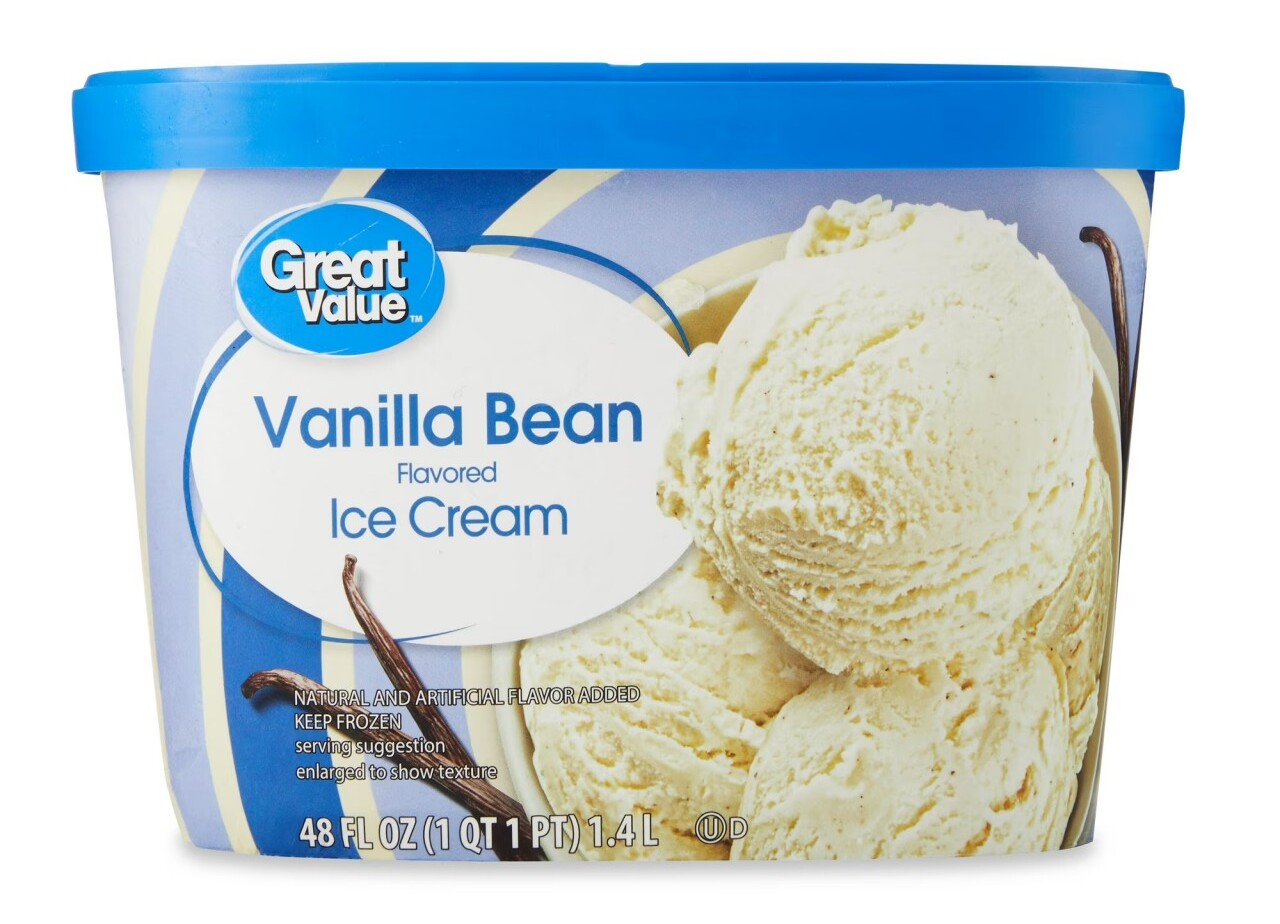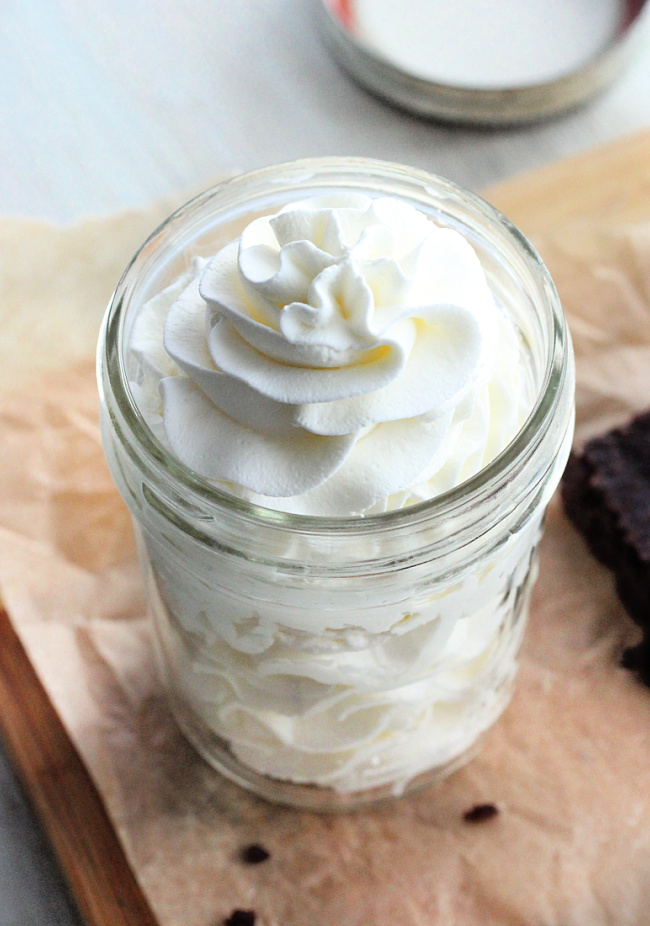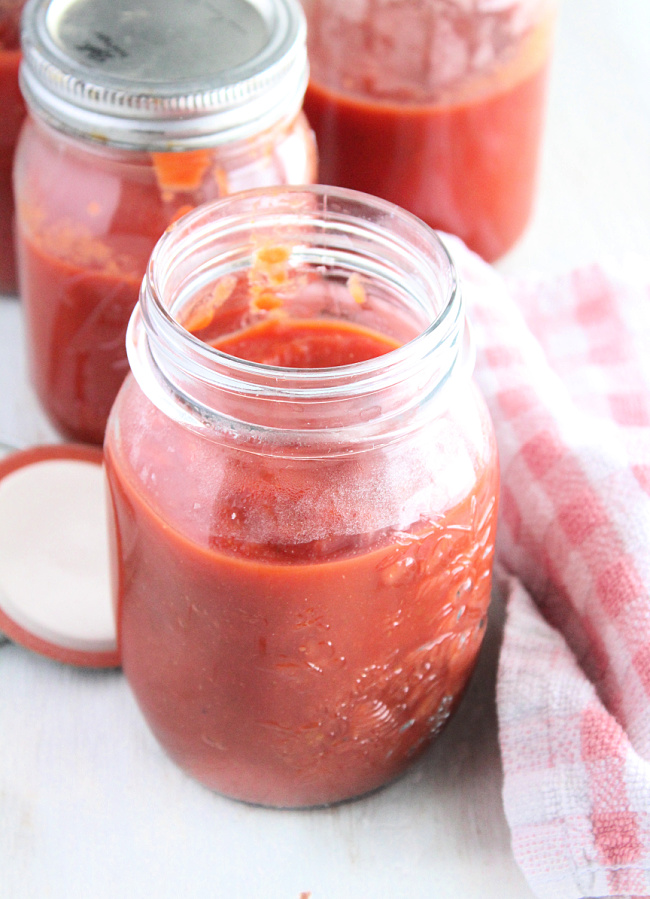13 Common Kitchen Myths That Don’t Hold Up
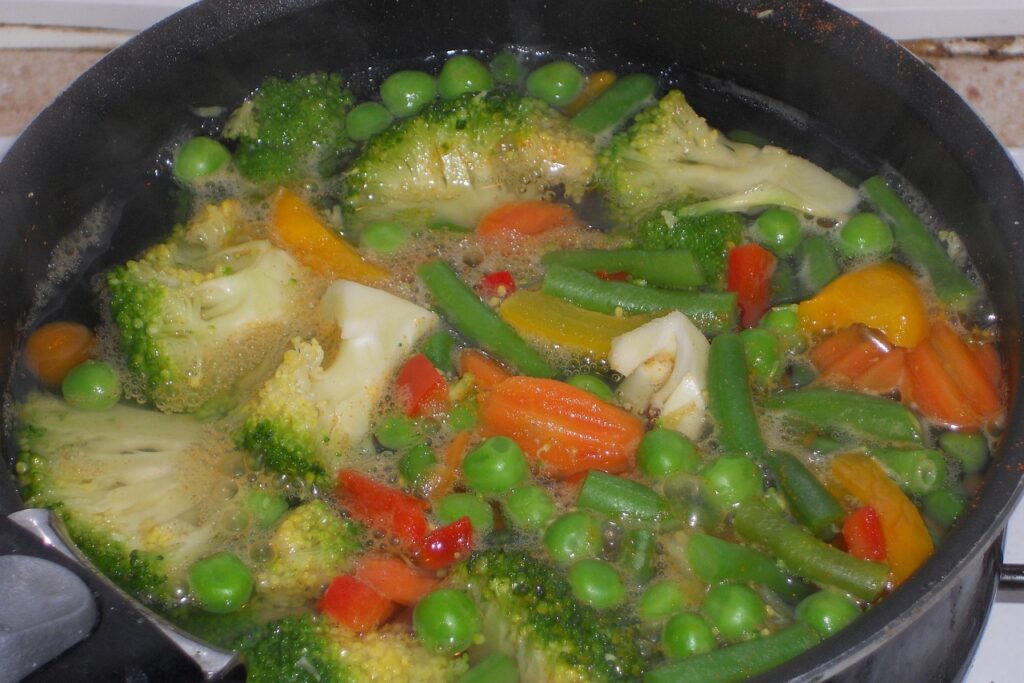
The kitchen is full of long-held beliefs that many of us accept as fact, passed down through generations. Some are rooted in tradition, while others are clever guesses that became widely repeated “rules.” Modern science and careful cooking tests show that many of these supposed truths are actually myths. From handling meat and pasta to thinking about vegetables, salts, and oils, these misconceptions can hinder flavor, texture, and nutrition. Learning the real facts empowers cooks to work smarter, create tastier dishes, and enjoy safer, more satisfying meals every day.
1. Searing Meat Seals in Juices
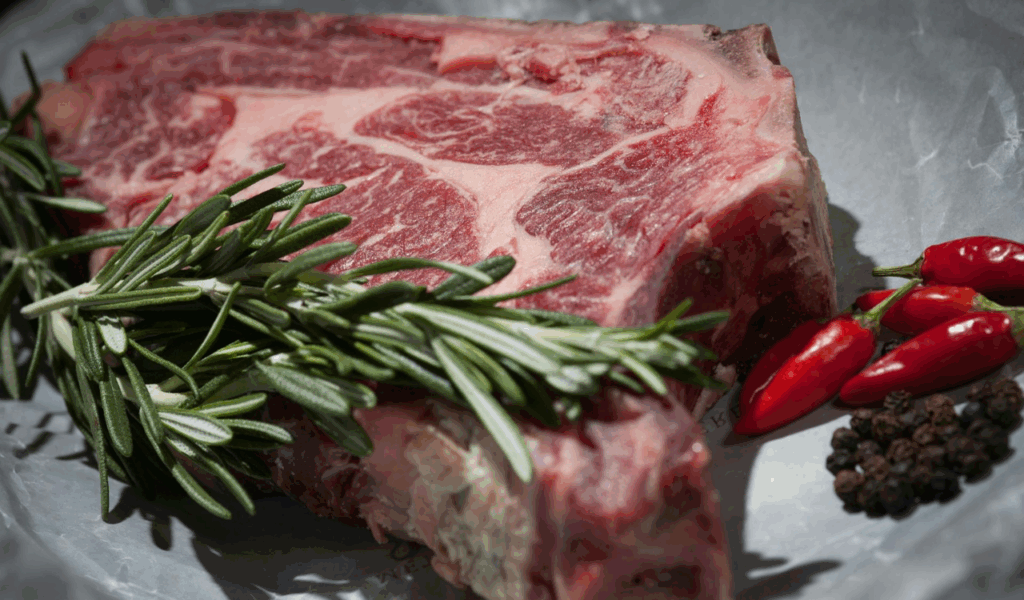
The belief that searing meat locks in juices has been around for decades, but it simply isn’t true. Searing at high heat doesn’t create a moisture barrier; it triggers the Maillard reaction, which browns the surface and builds complex flavor. Moisture still escapes during cooking, no matter how dark the crust. What truly keeps a steak juicy is internal temperature control and resting the meat afterward. Letting it rest allows the juices to redistribute evenly instead of spilling out once it’s sliced, keeping each bite tender and flavorful.
2. You Should Rinse Pasta After Cooking
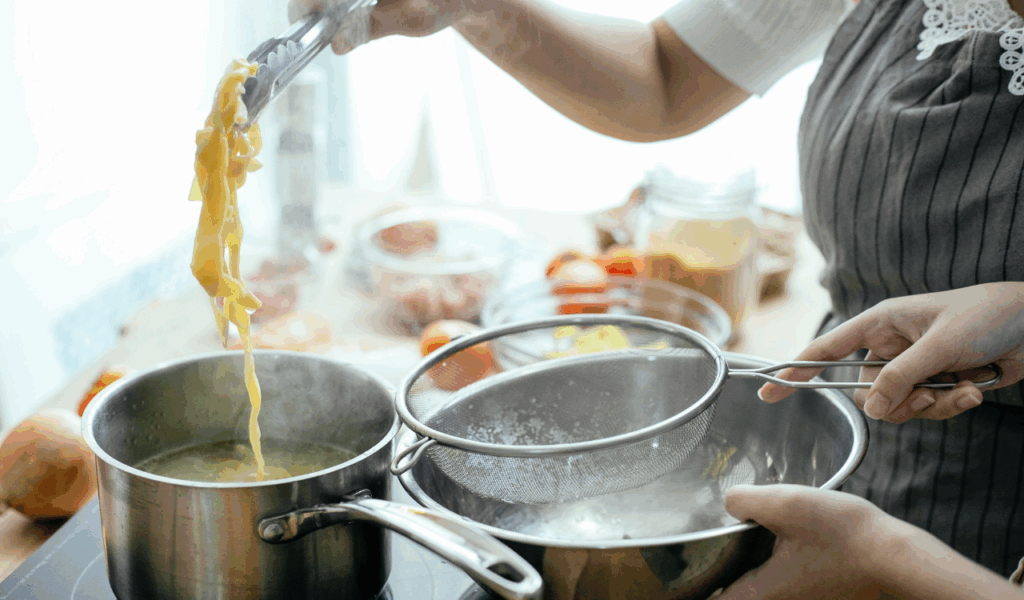
Rinsing pasta after cooking is a habit that often does more harm than good. When you rinse, you wash away the starch that helps sauce cling to the noodles and gives dishes that velvety restaurant texture. Instead, toss hot pasta straight into your sauce to allow it to absorb flavor and thicken naturally. The only time rinsing is helpful is when preparing cold pasta salads, where you need to cool the noodles quickly and prevent them from sticking together once chilled.
3. Cooking Alcohol Burns Off Completely

Many recipes call for wine or spirits, and it’s easy to assume all the alcohol disappears once cooked, but that’s not the case. Depending on the method and cooking time, a significant amount can remain. Even after 30 minutes of simmering, up to one-third of the alcohol may still be present. Quick flambé dishes retain even more. If you’re cooking for children or those avoiding alcohol, it’s better to simmer longer or replace it with alternatives like broth, vinegar, or juice for a rich, complex flavor.
4. You Must Boil Vegetables to Keep Them Healthy
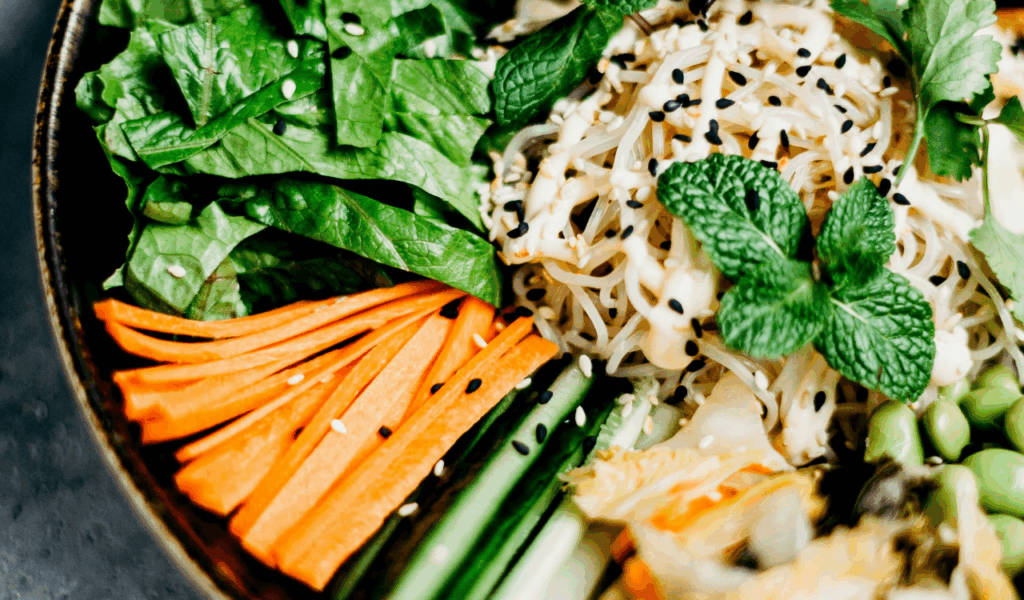
Boiling vegetables until they’re soft might seem traditional, but it’s one of the worst ways to retain their nutrients. Water-soluble vitamins like C and B-complex easily leach into the cooking water, leaving the vegetables bland and less beneficial. Steaming, roasting, or stir-frying not only preserves more nutrients but also enhances flavor and texture. Cooking vegetables until they’re just tender helps maintain their color, crispness, and natural sweetness, giving you both taste and nutrition in every bite.
5. Microwaves Destroy Nutrients
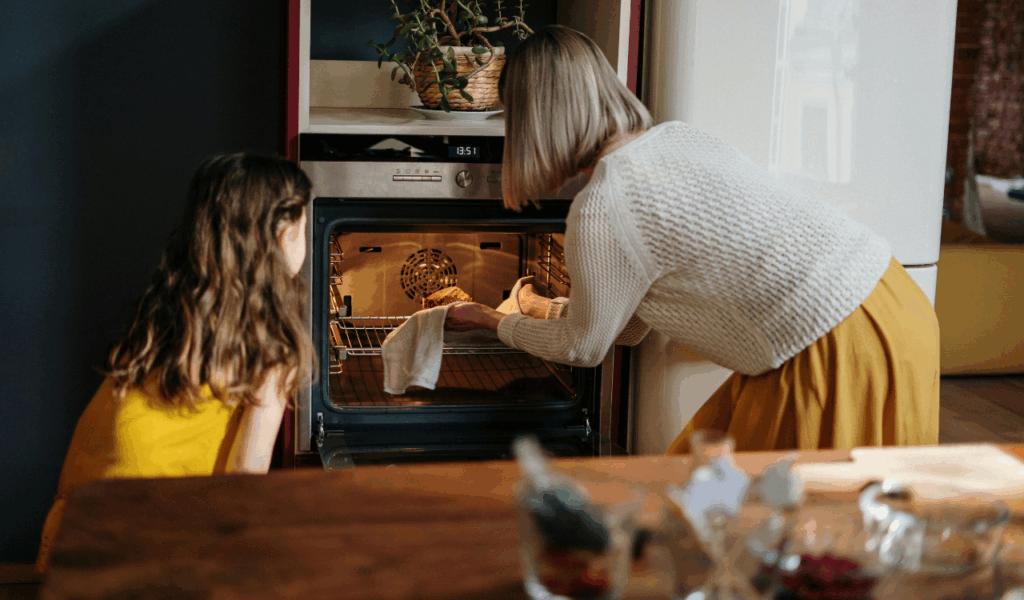
Microwaves have been unfairly blamed for destroying nutrients, when in reality, they often preserve them better than other cooking methods. Because microwaves cook food quickly and use minimal water, they reduce the loss of heat-sensitive vitamins. Nutrients like vitamin C and folate fare much better with short microwave bursts than with boiling or baking. As long as food isn’t overcooked, microwaving can be one of the healthiest and most energy-efficient ways to prepare meals while keeping their natural goodness intact.
6. You Should Salt Beans Only After They Soften
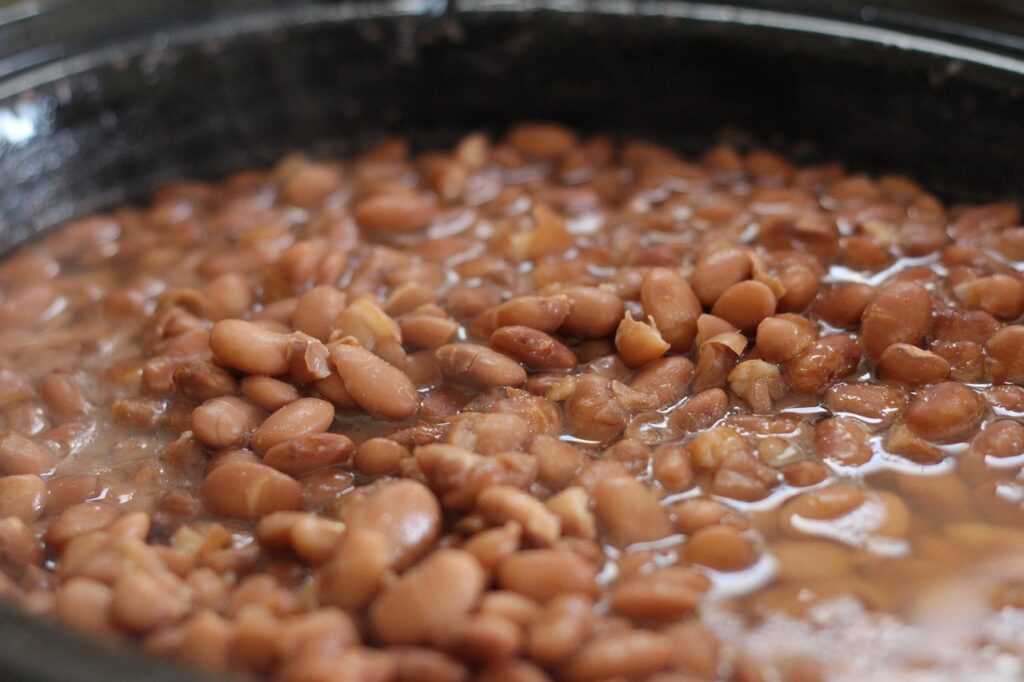
For years, cooks avoided salting beans early, believing it made them tough. In truth, salting beans during soaking or early cooking helps season them more evenly and keeps their skins intact. Salt weakens the pectin just enough to allow even cooking, preventing splitting and mushy centers. The real issue comes from adding acidic ingredients, such as tomatoes or vinegar, too soon, which can slow the softening process. Seasoning beans early results in a better texture and deeper, more balanced flavor.
7. Cooking Oil Prevents Pasta from Sticking
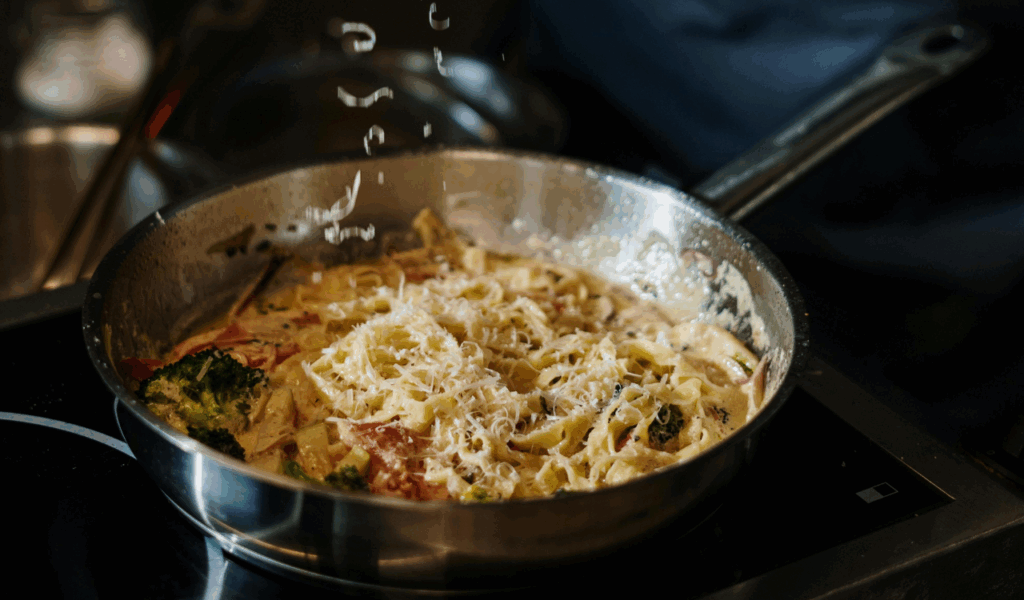
Adding oil to pasta water might sound helpful, but it’s a myth that does little to prevent sticking. Oil floats to the surface and rarely touches the noodles. The true secret to non-sticky pasta lies in using plenty of water, stirring frequently in the first few minutes, and cooking to the right doneness. Once drained, tossing pasta immediately with sauce coats it naturally and prevents clumping. Adding oil only makes pasta slippery later, causing sauces to slide right off instead of soaking in.
8. You Can Tell Steak Doneness by Color
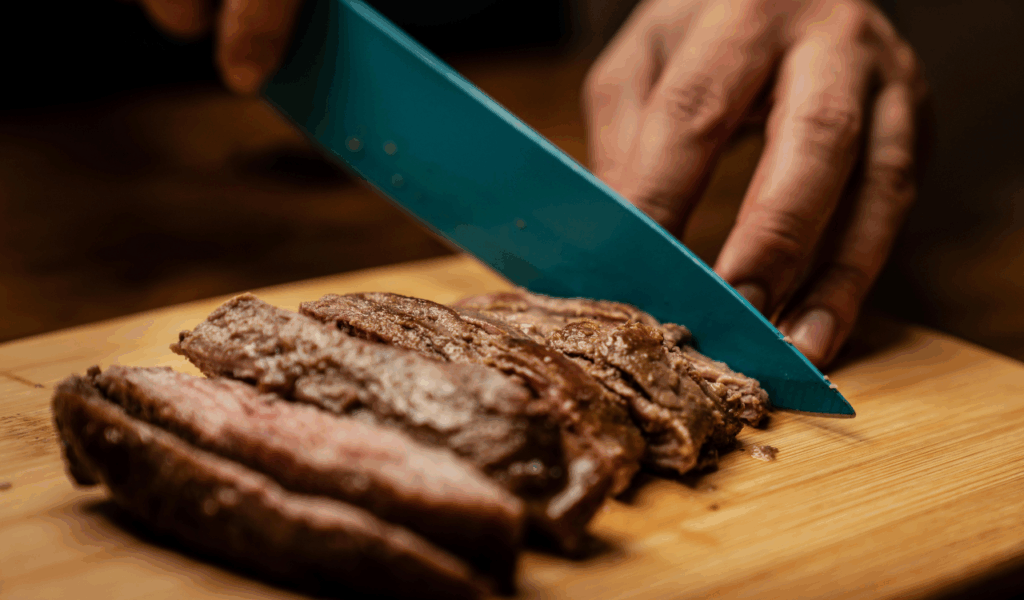
Many home cooks judge steak doneness by color, but this can be misleading. A steak’s appearance changes with pH, lighting, and even how long it’s been resting. Some meats stay pink even when cooked through, while others turn gray before reaching safe temperatures. The only accurate method is a thermometer: 130–135°F for medium-rare, 145°F for medium. This ensures consistency, safety, and the perfect tenderness every time, taking the guesswork out of grilling or pan-searing.
9. Fresh Is Always Better Than Frozen
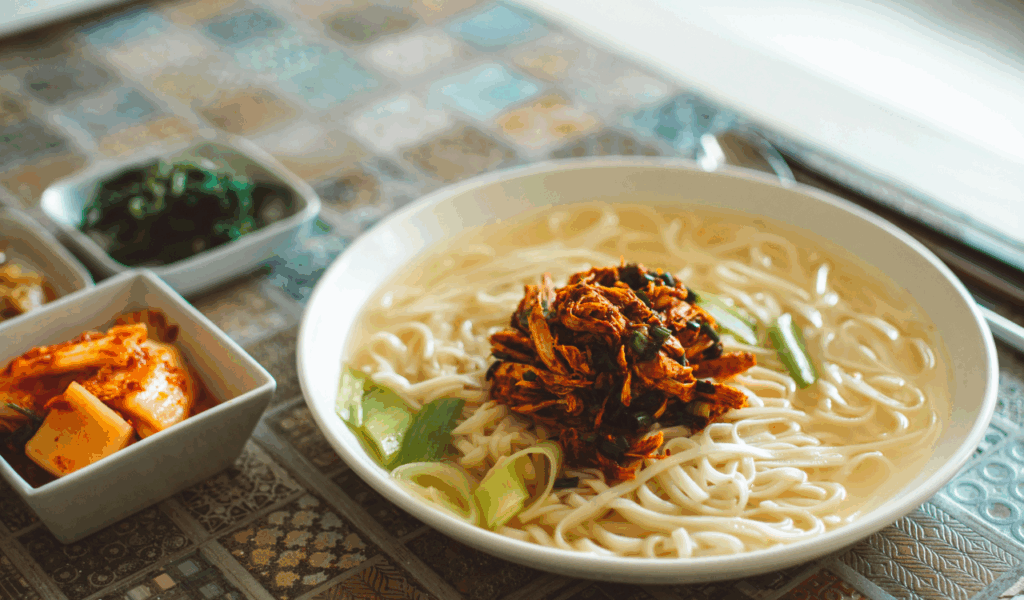
“Fresh” sounds superior, but frozen produce often beats it in nutrition and flavor. Fruits and vegetables destined for freezing are picked at peak ripeness and flash-frozen within hours, locking in vitamins and taste. By contrast, fresh produce can lose nutrients during transport and shelf time. Frozen options also reduce food waste, cost less, and last longer without preservatives. Choosing frozen is not settling; it’s a smart, nutritious, and sustainable kitchen choice for everyday meals.
10. You Should Flip Meat Only Once
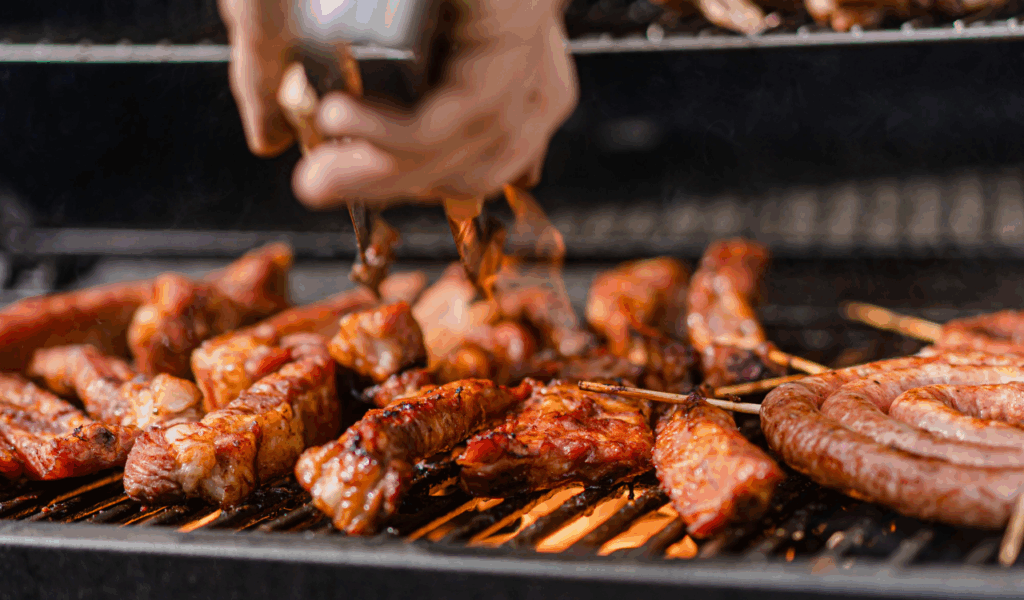
The old rule of flipping meat just once while cooking has been disproved by modern testing. Turning meat multiple times actually cooks it more evenly and prevents one side from overheating. Frequent flipping distributes heat efficiently, reducing the risk of burning or overcooking. This method can even shorten cooking time and retain more moisture. What matters most isn’t how often you flip, it’s steady heat, timing, and letting the meat rest afterward for a perfectly juicy result.
11. Cooking with Olive Oil Is Dangerous
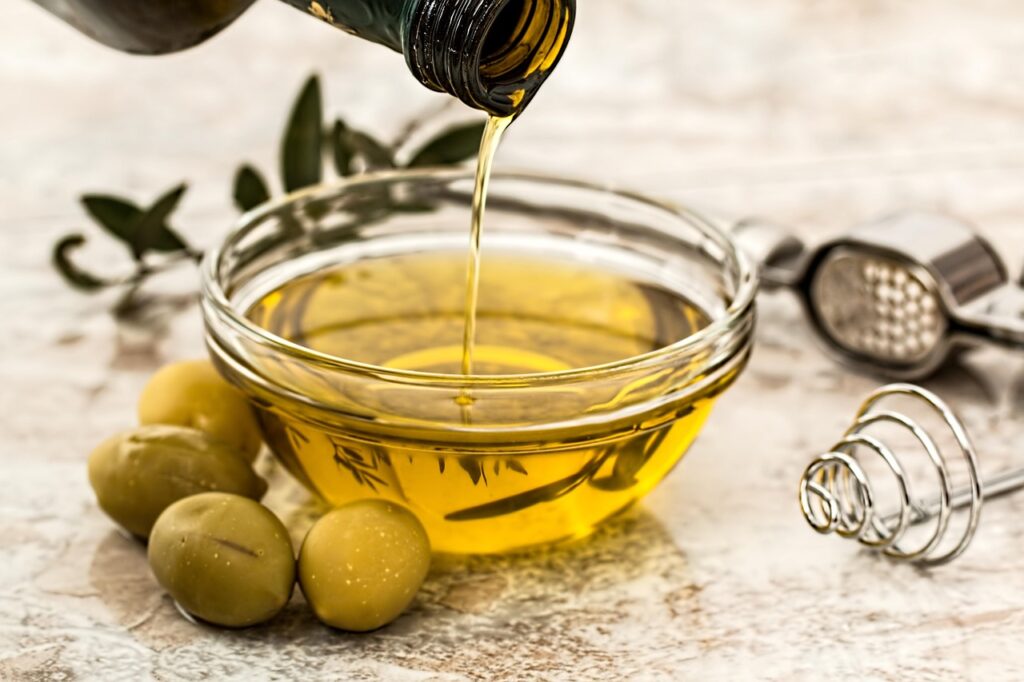
Olive oil has long been rumored to release toxins when heated, but this is misleading. While extra virgin olive oil has a moderate smoke point, it remains stable under typical cooking temperatures used for sautéing, roasting, or baking. It only degrades when pushed past its smoke point, like any oil. When used properly, olive oil offers antioxidants and heart-healthy fats, making it one of the most beneficial oils in the kitchen for both taste and well-being.
12. All Salt Is the Same
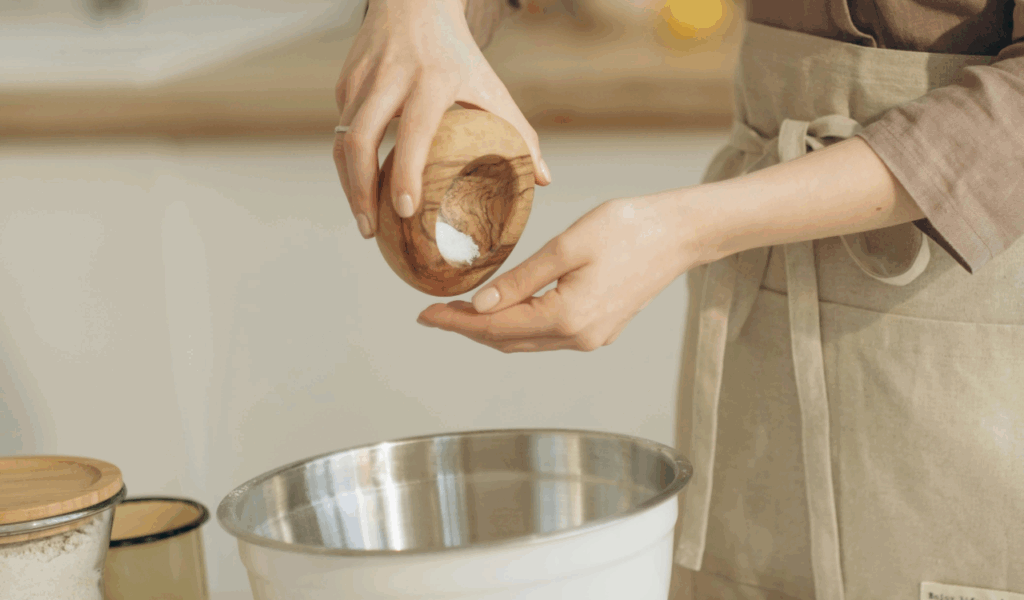
Not all salts behave the same, even if they share the same chemical makeup. Table salt, kosher salt, and sea salt vary in texture and density, which affects how they measure and dissolve. For instance, one teaspoon of fine table salt packs more sodium than a teaspoon of flaky sea salt. Substituting one for another without adjusting can lead to oversalting or bland results. Understanding these differences allows for better control, balance, and consistency in every dish you season.
13. Leaving Food Out to Cool Is Safe
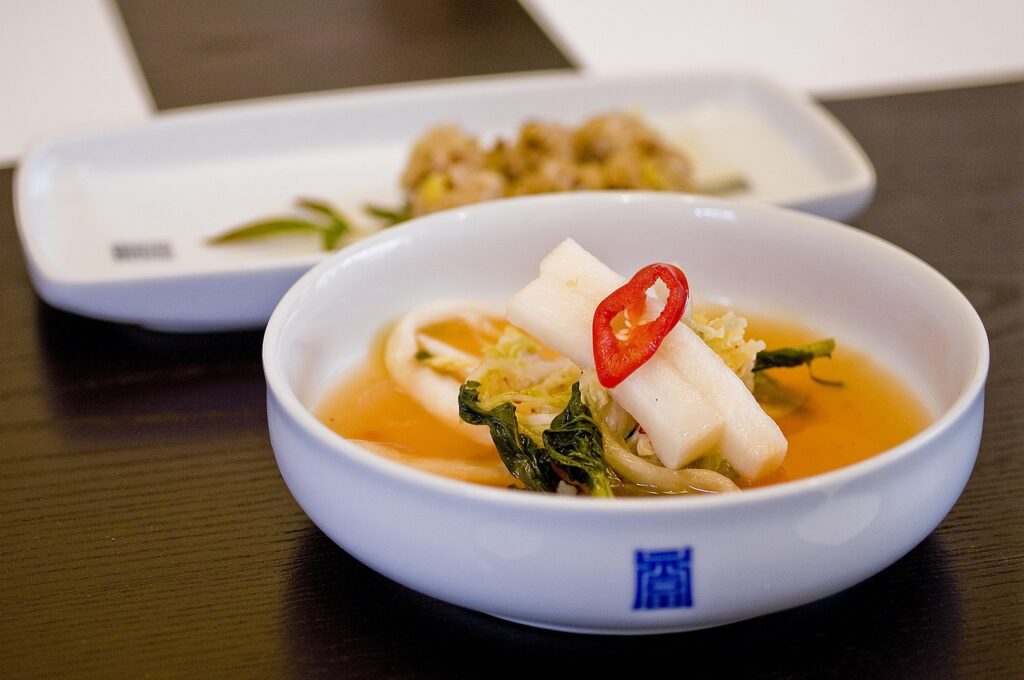
Allowing cooked food to sit out for hours before refrigerating feels harmless, but it’s a risky practice. Bacteria multiply rapidly in the “danger zone” between 40°F and 140°F, and within two hours, food can become unsafe to eat. To cool large portions safely, divide them into shallow containers before refrigerating. This allows faster cooling and prevents spoilage. Proper food handling doesn’t just protect your health, it keeps leftovers fresh, flavorful, and ready to enjoy the next day.
